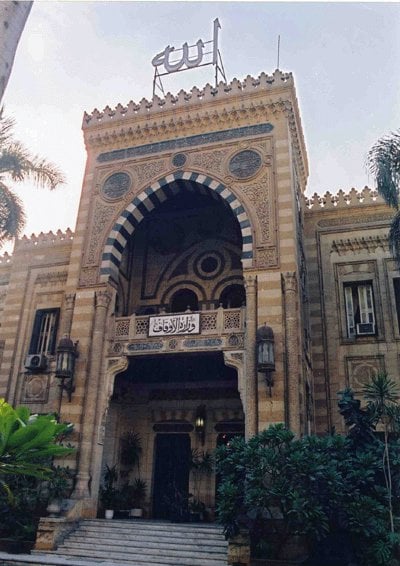In the tumultuous theatre of Middle Eastern conflict, a figure rises to prominence, casting a shadow of mystery and defiance over the Gaza Strip – Yahya Al-Sinwar, the formidable leader of the Hamas movement. Al-Sinwar’s intricate strategies have confounded Israeli decision-makers, placing him at the top of their list of high-priority targets for assassination. Through a web of deception and the orchestration of the Al-Aqsa Flood operation, Al-Sinwar not only rattled Israel’s confidence but also raised questions about the effectiveness of its intelligence and security apparatus.
Shaping Perceptions: Al-Sinwar Paradigm
Often labelled by Israel as the “Hamas Defence Minister,” Al-Sinwar emerged from prison in 2011, as a freed captive in a strategic prisoner exchange. His pronouncements of a desire for ceasefire and prosperity for the war-torn Palestinian coastal enclave marked the beginning of a narrative shift. Craftily sowing seeds of doubt in Israeli minds, Al-Sinwar created an illusion that Hamas, internationally deemed a terrorist organisation, was transitioning from violence to stability and governance.
The impact was tangible; Israel, perceiving a reduced threat, significantly scaled back its monitoring of the Gaza border, relying heavily on electronic sensors. Analysts, diverted by the perceived shift in Hamas’s approach, redirected their attention to Iran and Syria, leaving the border exposed. Al-Sinwar, the mastermind behind the October 7 attack, found himself in the crosshairs of Israeli assassination attempts, with Prime Minister Benjamin Netanyahu likening him to a “little Hitler in a bunker.”
Unveiling the Enigma: Al-Sinwar’s Journey
Born into poverty in Khan Yunis, southern Gaza, Al-Sinwar played a crucial role in establishing Hamas’s military wing during the first Palestinian intifada. His imprisonment, initially a setback, became a transformative period. Engaging with Israelis, immersing himself in their culture and language, and overcoming health challenges, he emerged as a charismatic, determined, and formidable leader.
Despite Israeli attempts to recruit him during his two-decade incarceration, Al-Sinwar stood resolute. His release in 2011 marked a turning point, propelling him to leadership within Hamas, eventually becoming the leader of the entire Gaza Strip in 2017.
Izz Al-Din Al-Qassam Brigades: Historical Echoes
The recent conflict brought the Izz Al-Din Al-Qassam Brigades, the armed wing of Hamas, to the forefront. Established in the 1980s by Salah Shehadeh, the brigades adhere to a right-wing Sunni ideology and boast significant military capabilities.
The historical echoes of Izz Al-Din Al-Qassam, an anti-colonial fighter against British rule, resonate in the present. His legacy, marked by resistance against Jewish immigration and targeting British intelligence agents, culminated in his death in 1935, contributing significantly to the outbreak of the Great Palestinian Revolt in 1936 and shaping the course of the Palestinian national movement.
The Deceptive Tapestry and Historical Resonance
Yahya Al-Sinwar, with his strategic acumen and unyielding resilience, stands as a symbol of resistance against perceived oppression. The intricate tapestry of deception he weaves not only challenges Israeli security but also shapes global perceptions of the intricate dynamics in the Middle East. As the echoes of history reverberate through the Izz Al-Din Al-Qassam Brigades, the ongoing saga in Gaza unfolds against a backdrop of geopolitical intricacies and historical resonances.

